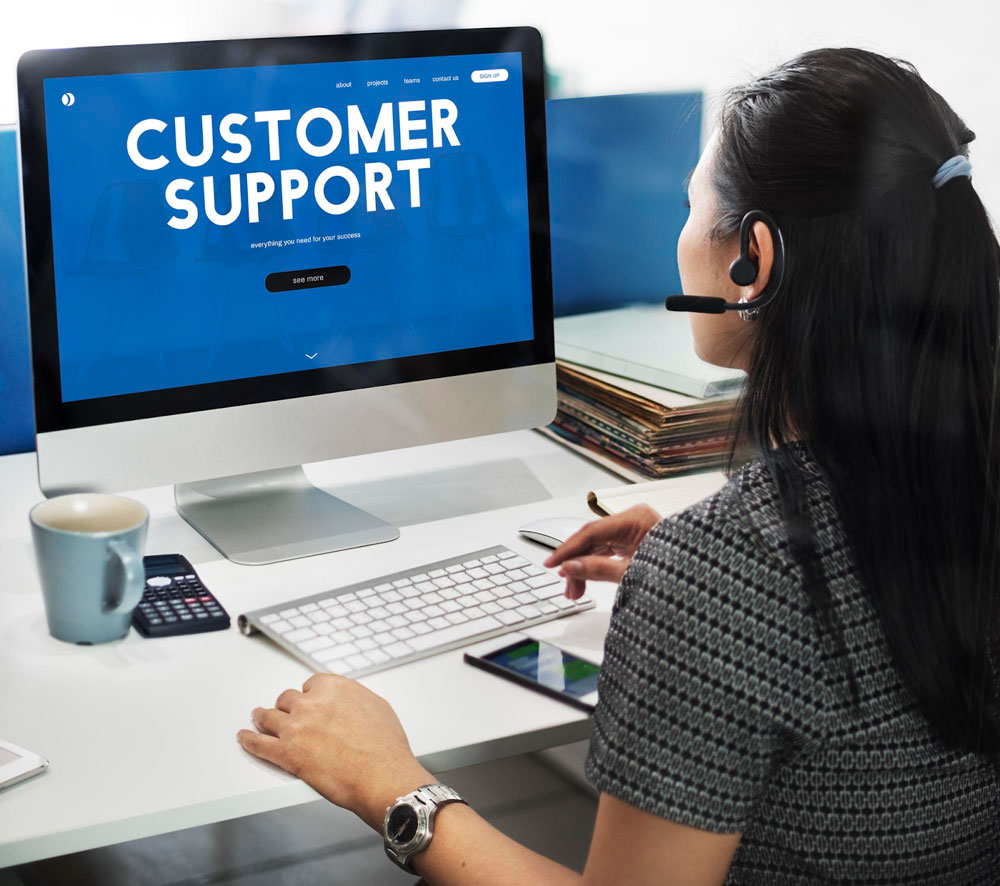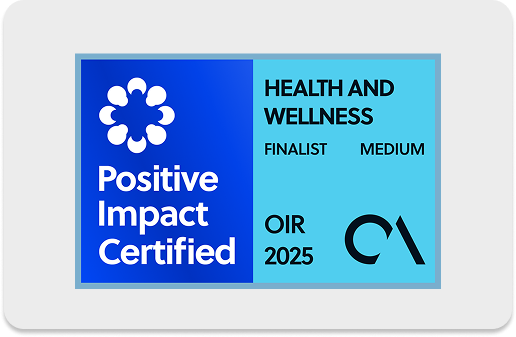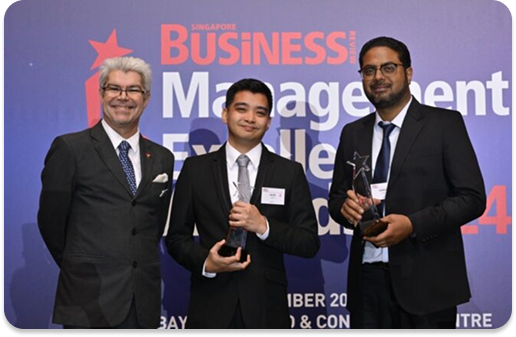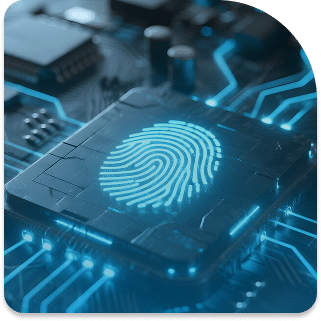Are there differences between customer service and customer experience? Yes.
Customer service is the support provided to customers before, during, and after purchasing a product or service. It often involves direct interactions to address specific issues.
Meanwhile, customer experience encompasses the entire customer journey, including all customer interactions with a company, aiming to create a seamless and positive overall perception.
Customer service and customer experience are often used interchangeably, but they encompass distinct aspects of the customer’s journey and impact a company’s overall success differently.
Table of Contents
1. Focus And Scope

Customer service is transactional, focusing on addressing specific issues that customers encounter. It involves customer service teams handling customer calls and queries, ensuring immediate problems are resolved.
On the other hand, customer experience is holistic, covering the entire customer journey from initial contact to post-purchase interactions. It refers to all the interactions a customer has with a company and aims to create a seamless and positive overall experience.
2. Points Of Interaction
Customer service involves direct interactions between the customer and the service representative or agent. These interactions are typically initiated when a customer reaches out to resolve an issue or query.
In contrast, customer experience involves every touchpoint a customer interacts with throughout their journey. This includes customer service interactions and marketing, sales, product usage, and post-purchase follow-ups, ensuring a positive overall experience.
3. Proactivity Vs. Reactivity
Customer service is often reactive, dealing with issues as they arise. Customer service teams typically respond to customer issues and complaints, aiming to provide great customer service and meet customer expectations.
In contrast, customer experience is proactive, aiming to create positive interactions throughout the customer journey. This proactive approach involves understanding customer needs and expectations beforehand and designing the entire experience to ensure customers are satisfied and engaged.
4. Measurement And Metrics
Resolution rates measure customer service’s success, such as how quickly and effectively customer service reps resolve issues. Key metrics include the customer satisfaction score (CSAT), net promoter score (NPS), and service quality.
On the other hand, customer experience is gauged by overall satisfaction and loyalty metrics. These include the customer effort score (CES), which measures the ease of customer interactions, and the customer lifetime value (CLV), which assesses the long-term value of a customer to the business.
Additionally, customer feedback and loyalty rates provide insights into the effectiveness of the overall customer experience.
Reasons Customer Service And Customer Experience Are Important For Business Success

The synergy between customer service and customer experience is pivotal for business success. Both concepts play distinct yet complementary roles in ensuring customer satisfaction and loyalty, which directly impacts a company’s bottom line.
By integrating both, businesses can ensure a holistic approach to customer interactions, enhancing customer satisfaction and fostering long-term relationships.
Build Customer Loyalty
Consistently meeting and exceeding customer expectations through exceptional customer service and a seamless customer experience leads to loyal customers. These people are more likely to return and recommend the business to others, boosting customer lifetime value.
Enhance Customer Satisfaction
A positive overall customer experience combined with high-quality service ensures customer happiness. Satisfied customers are more likely to provide positive feedback, which is important for attracting new customers. They are also less likely to churn.
Drive Business Growth
Both customer service and customer experience contribute to business growth. Exceptional customer service interactions resolve immediate issues, while a well-designed customer experience strategy enhances the overall perception of the brand, leading to increased sales and market share.
Differentiate The Brand
In a competitive market, businesses that excel in both customer service and customer experience stand out. Meeting customers’ expectations consistently across all touchpoints differentiates the brand and creates a competitive advantage.
How To Measure Good Customer Service

Effective customer service measurement involves various metrics that provide insights into the performance of customer service teams’ performance. These metrics help business owners and managers understand the effectiveness of their service quality and identify areas for improvement.
- Customer Satisfaction Score (CSAT): This metric measures customer satisfaction with a specific service interaction. After a customer service interaction, customers are asked to rate their satisfaction, providing direct feedback on the service quality.
- First Response Time: The time taken for an agent to respond to a customer query is crucial. A shorter first response time indicates efficient service and can significantly impact customer satisfaction.
- Resolution Time: This metric measures the time taken to resolve a customer issue. Quicker resolution times generally increase customer satisfaction, as customers appreciate efficient problem-solving.
- Net Promoter Score (NPS): NPS measures the likelihood of customers recommending the company to others. A high NPS indicates that customers are satisfied with the service and are willing to advocate for the brand.
How To Measure Effective Customer Experience
Measuring customer experience effectiveness involves a broader set of metrics encompassing the entire customer journey. These metrics provide insights into how well a company meets customer expectations and delivers a positive overall experience.
- Customer Effort Score (CES): CES measures how easy it is for customers to interact with the company and get their issues resolved. Lower effort scores indicate a smoother customer experience, leading to higher satisfaction and loyalty.
- Customer Satisfaction Score (CSAT): Similar to its use in customer service, CSAT, in the context of customer experience, measures overall satisfaction with the entire customer journey.
- Customer Lifetime Value (CLV): CLV evaluates the total value a client brings to the company over their entire relationship. Higher CLV indicates successful long-term customer relationships fostered by a positive customer experience.
- Net Promoter Score (NPS): NPS is also used to measure overall customer experience. It measures the likelihood of clients recommending the company to others based on their overall satisfaction with the service or product.
Tips To Improve Customer Service And Experience
Consistently improving customer service and experience fosters customer loyalty and drives business growth.
A strong focus on these areas enhances customer satisfaction and retention rates. Here are some tips to achieve this:
- Invest in Training: Regular training for customer service teams ensures they have the skills and knowledge to provide exceptional customer service. Training should focus on communication, problem-solving, and empathy.
- Leverage Technology: Utilize AI and CRM systems to streamline customer interactions and personalize the customer experience. Technology can help manage customer contacts, track interactions, and provide insights for continuous improvement.
- Gather and Implement Customer Feedback: Regularly collect customer feedback through surveys, reviews, and direct interactions. Use this feedback to identify areas for improvement and the changes to make for a better customer experience.
- Create a Customer-Centric Culture: Foster a culture that prioritizes the customer at every level of the organization. Ensure all employees understand the importance of customer service and customer experience and are committed to meeting customer expectations.
Conclusion About Differences Between Customer Service And Customer Experience
By focusing on transactional interactions (customer service) and the entire customer journey (customer experience), businesses can create a comprehensive and positive overall customer experience that leads to satisfied and loyal customers.
Gear Inc specializes in providing exceptional contact center solutions, including live support, email support, and technical support. By partnering with us, businesses can ensure high-quality service across all touchpoints, enhancing customer service and customer experience. Contact us today!
Frequently Asked Questions About The Difference Between Customer Service And Customer Experience
Is Good Customer Service Equal To Good Customer Experience?
No, good customer service contributes to but does not solely define a good customer experience. Customer experience includes all interactions throughout the customer journey, whereas customer service focuses on specific issues.
Can Technology Improve Customer Service And Experience?
Yes, using AI and CRM systems can streamline interactions and personalize the customer journey. These technologies help manage customer contacts and provide insights for continuous improvement.
How Does Proactive Customer Experience Differ From Reactive Customer Service?
Proactive customer experience aims to create positive interactions throughout the journey, anticipating customer needs. In contrast, reactive customer service addresses issues as they arise, focusing on immediate problem resolution.
What Role Does Customer Feedback Play?
Customer feedback helps identify areas for improvement and enhance both customer service and experience. Regularly gathering and implementing feedback ensures businesses meet and exceed customer expectations.
Why Is Measuring Customer Effort Important?
Customer effort indicates how easy it is for customers to resolve their issues. Lower effort scores lead to higher satisfaction and increased loyalty, impacting the overall customer experience.













